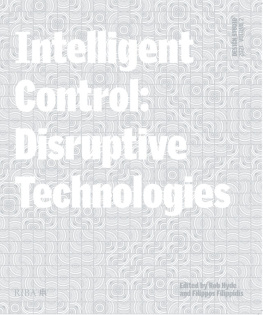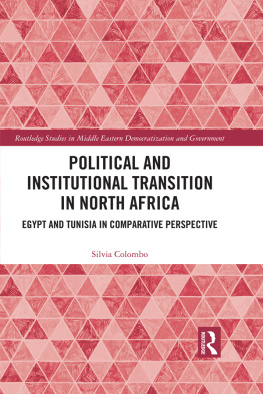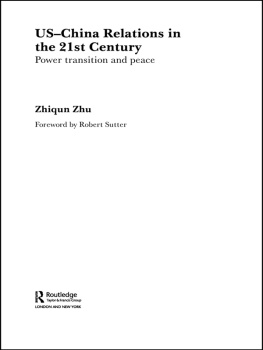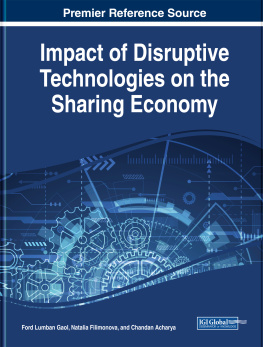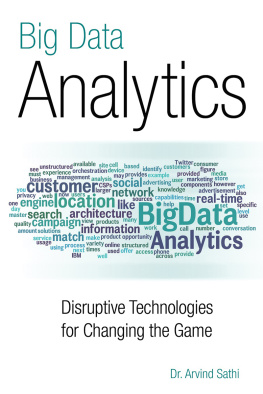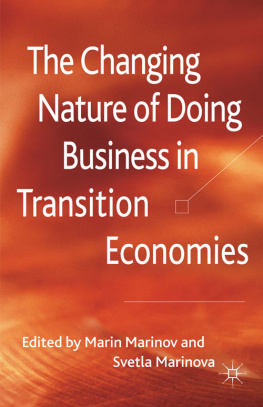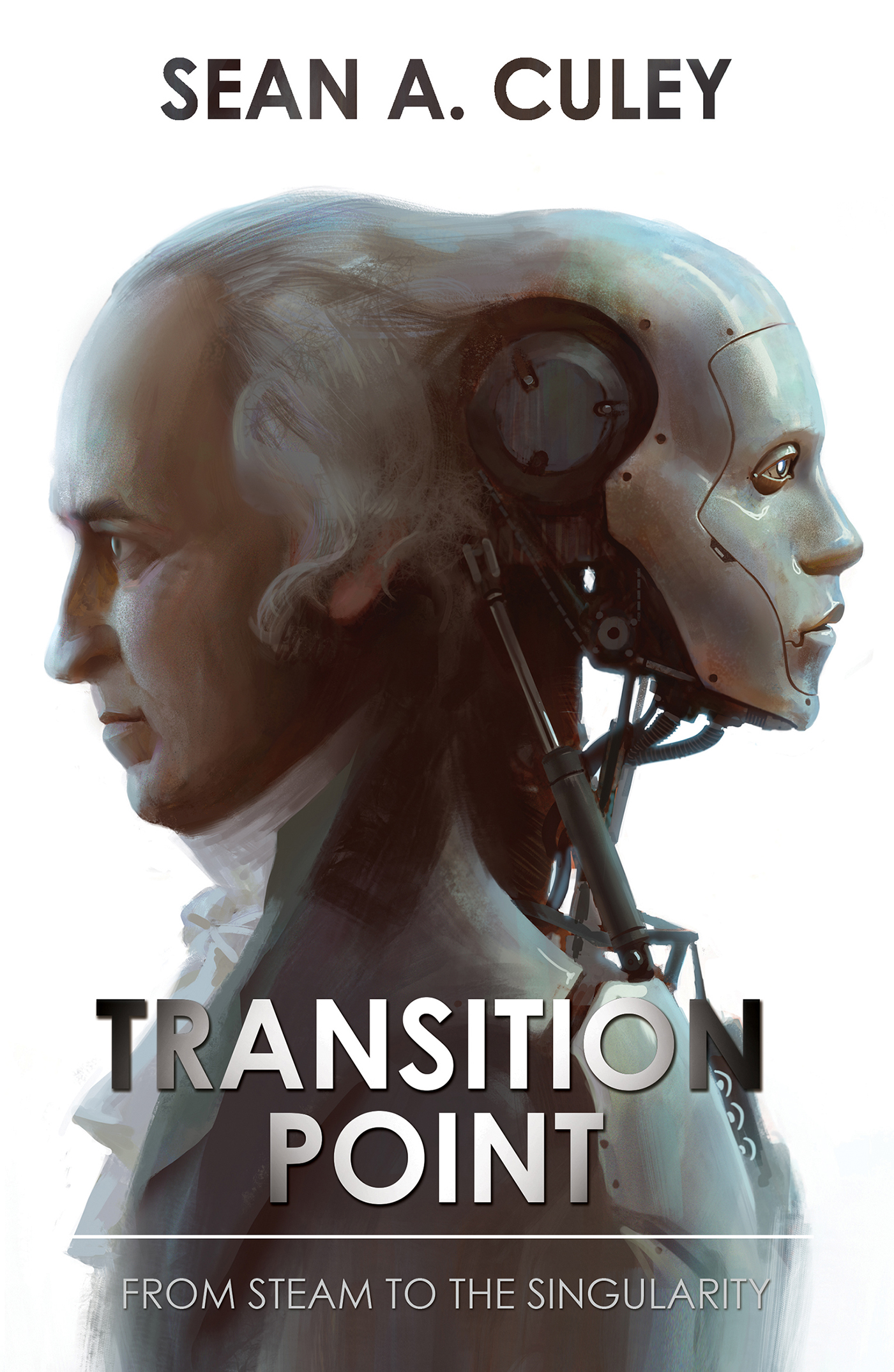TRANSITION POINT
From Steam to the Singularity
Sean A. Culey
Copyright 2019 Sean Culey
The moral right of the author has been asserted.
Matador Publishing and the author do not have any control over, or responsibility for, any third-party websites referred to in this book. All internet addresses given in this book were correct at the time of going to press. The author and publisher regret any inconvenience caused if addresses have changed or sites have ceased to exist, but can accept no responsibility for any such changes.
Apart from any fair dealing for the purposes of research or private study, or criticism or review, as permitted under the Copyright, Designs and Patents Act 1988, this publication may only be reproduced, stored or transmitted, in any form or by any means, with the prior permission in writing of the publishers, or in the case of reprographic reproduction in accordance with the terms of licences issued by the Copyright Licensing Agency. Enquiries concerning reproduction outside those terms should be sent to the publishers.
Matador
9 Priory Business Park,
Wistow Road, Kibworth Beauchamp,
Leicestershire. LE8 0RX
Tel: 0116 279 2299
Email: books@troubador.co.uk
Web: www.troubador.co.uk/matador
Twitter: @matadorbooks
ISBN: 9781789012941
British Library Cataloguing in Publication Data.
A catalogue record for this book is available from the British Library.
Matador is an imprint of Troubador Publishing Ltd
To Helen, Taylor and Pierce
Contents
Acknowledgements
First and foremost, thanks to my wife and soulmate for the last thirty years, Helen, without whose support this book would have never been written. The last five years have created a financial rollercoaster on which you did not ask, nor want, to ride. I couldnt have done this without the support of someone who believed in both me and this project, and I am eternally grateful for having you in my life.
Secondly, thanks to my sons Taylor and Pierce, for their patience with a father who was mentally distracted by this project during critical years. Also, thanks to my parents for teaching me the virtue of responsibility and effort.
Finally, thanks to all those who have over the years encouraged me to write this. In no particular order, these include: Niels (Dont write a book, write the book) van Hove, Dr Heather Skipworth, Professor Richard Wilding OBE, Professor Alan Waller OBE, Clive and Jenny Froome, Sharon Burton, Gretchen Becker, Sandra Lam, Raphael Rottgen, Lawrence Corr, Nigel Price, Steve Connell, Mark Tattum, Karim Sayani, Nameer Khan, Peter Wilkins and Daniel McMurray.
Introduction
This history behind this book starts back in the summer of 2012, when I was chairperson for a European supply chain conference in Madrid. During the two-day event I listened to various speakers excitingly talk about new technologies that were being developed, ranging from big data analytical tools to warehouse robotics, and it dawned on me that no one was considering what would happen when these were all applied. At the end of the day I sketched out a picture of an end-to-end supply chain and overlaid the different technologies and the areas they would automate. I quickly realised that we were facing a wave of technology that had some very disruptive potential.
A couple of months later I took the ideas from this sketch and wrote an article for The European Business Review called Transformers: Supply Chain 3.0 and How Automation will Transform the Rules of the Global Supply Chain. It proved popular. I then received a call from the organiser of an event I was speaking at, who had an urgent request: could I prepare and deliver a second presentation at short notice as the last speaker of the day had just dropped out? I stated that I had just written an interesting article that I could easily convert into a presentation. He agreed, I did it, and the audience loved it, with the Q&A session going on so long that the organiser had to come in and shut things down. It had touched a nerve, but intriguingly, the questions from the audience were not so much about the technology, but about their social and economic impact. Questions such as What does this mean for our jobs? For society? For our childrens futures?
I was increasingly asked to speak at events in locations ranging from Asia to Africa, the Middle East to Eastern Europe, as well as private sessions for companies who wanted to shake their teams out of complacency. To ensure it stayed relevant, I constantly updated both the content and the style of delivery. Then, in autumn 2013, I decided that this would make a good book. I agreed with my wife that I would take three months off work to transform this material into a short book that should be finished by Christmas. That proved to be ridiculously naive. It quickly became apparent that while my observations identified connections that few had noticed, it was also somewhat incomplete. Like the vast majority of books, blogs and opinion pieces, it was just detailing what was happening, but contained little explanatory insights. Everyone agrees that the world is changing at a breathtaking pace, one that is leaving many people dazed, businesses struggling, economies floundering and societies fracturing. But why?
Establishing the answer to the why question requires an understanding of not only the nature of technological change, but also of the social, economic and political factors that enable and suppress it, plus those that are impacted by it. Suddenly the rabbit hole starts to look deeper than one would expect. Exploring how deep constitutes Part One of this book.
It gets worse, for once you understand the concept, cause and impact of technological change, and the waves that drive it, then further questions emerge. What stage are we in now? What types of technologies does the current wave contain? Which areas will it impact? The truth is that we are about to experience a period of technological change on a par with the introduction of electricity. And like electricity, it will power new production capabilities, create new consumer products and develop entirely new ways of living. Exactly how these technologies are primed to automate every aspect of the business world, from digging things out of the ground to the sale and delivery of finished products, creating a more personal, automated and local supply chain, constitutes Part Two of the book.
Finally, the really big question so what? What are the likely issues, challenges and opportunities that will arise as a result of all of this disruption? What impact will all this technological change have on business, the economy, our society and our evolution? As the 19th-century Danish philosopher and social critic Sren Kierkegaard observed, life can only be observed backwards, but it must be lived forwards. What lessons can we extract from Part One to ensure that progress is both possible and positive? To be clear, I dont have all the answers no one does but I hope Im able to frame and connect some of the most important and thought-provoking issues and questions. One thing became clear; to discuss technology without investigation into the socio-economic impacts would have been like discussing Christianity without talking about God. These areas are intrinsically linked, and as a result, geopolitics also comes into the discussion, for that tries to control both our economic and our social activities, and technology now provides new ways to do that.
Part Three, therefore, examines six key areas that will be impacted by this current wave of transformative change: our paradigms, our business practices, our scientific and technological explorations, our economic models, our society and our world views. In the business section I explore how capitalism has morphed into corporatism, and how corporate leaders need to adopt a longer-term and more entrepreneurial mindset to adapt to the demands of a new wave, ensuring not just their survival, but also the creation of a more sustainable, customer-centric business model. In the science and technology section I explore the rise of genetic engineering, the dystopian potential for technology to erode our freedoms and privacies, and the potential dangers of artificial intelligence. In the economics section, I explore the changing nature of work, the threat of mass technological unemployment, the need to recalibrate the economic model to ensure a level playing field, and the case for a universal basic income. The society section is perhaps the most interesting and the most controversial. In this I examine how Western society is currently unravelling, struggling to adapt to rapidly changing technological forces, but taking totalitarian steps just to retain a semblance of order. I examine how some of this chaos is being driven by ideologues, and how their attempts to undermine the foundations that led to the progress defined in Part One is bearing fruit. Finally, the last two chapters explore what happens after this wave. This includes an explanation as to why our world views and the deities we worship will determine our future, and why this may be the beginning of the end for Homo sapiens as the dominant species on the planet.



